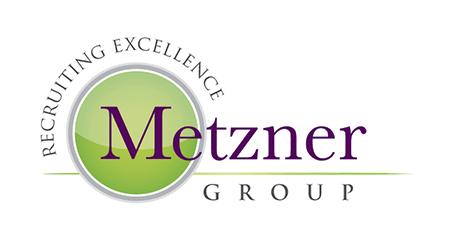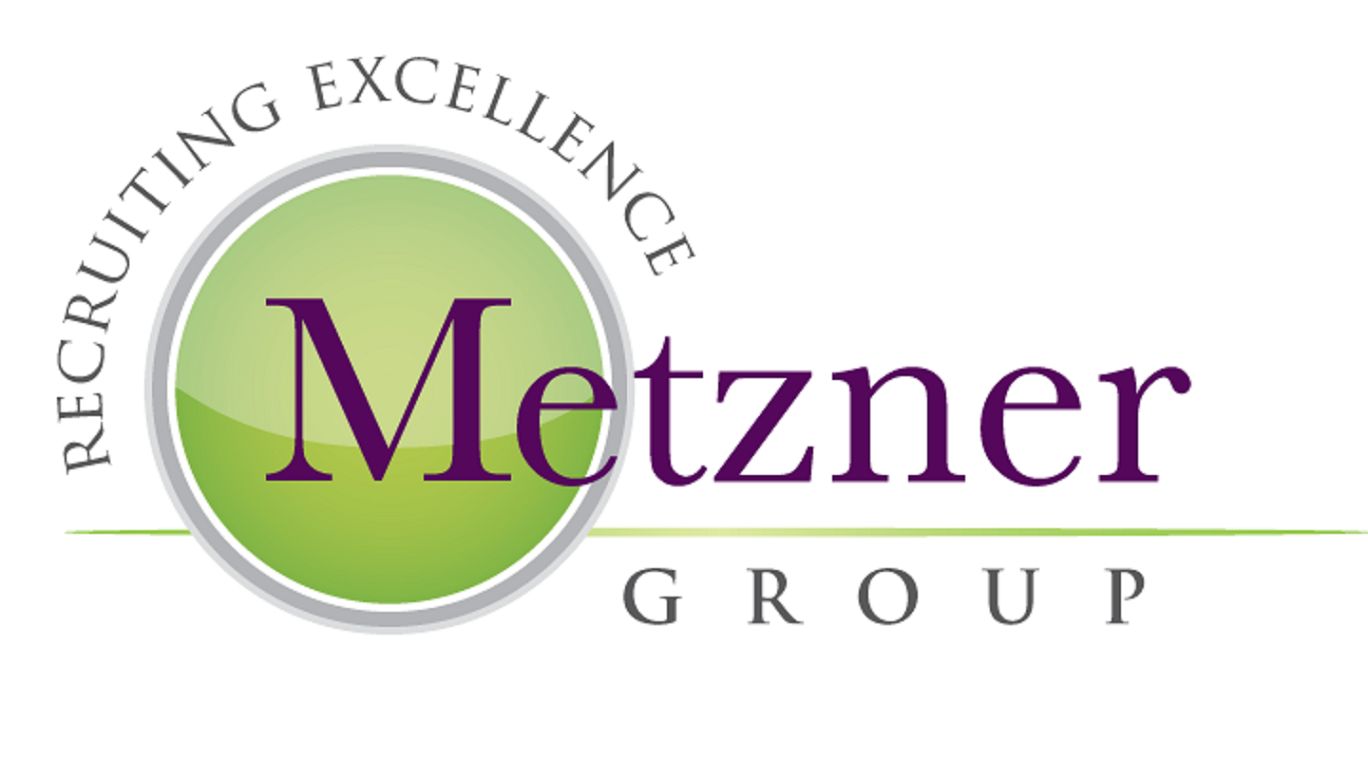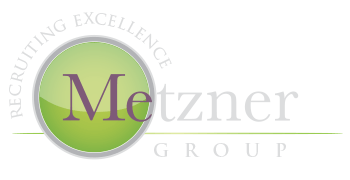A/E Project Engineers to the C-Suite. Attracting and Retaining Staff in 2021
Carol Metzner • April 23, 2021

The talent market for architects and civil/environmental engineers is at an all-time competitive high. Consulting firms, public agencies and municipalities are struggling to find candidates. Recruiters and talent acquisition leaders are crafting value proposition presentations to encourage potential candidates to consider even informal conversations. In response, employers are resorting to strong financial counter offers and, in some cases, unrealizable promises to keep staff from leaving. Salary, bonus and stock increases, work from home and flexible work hours are back in the spot light.
If 2020 taught us anything, it was that life is too short to work for a firm that doesn’t appreciate or recognize its staff – at all levels.
Executives find themselves frustrated with decisions that their Board of Directors made last year. These executives are confidentially exploring opportunities that give them increased input and control. Similarly, increases in mergers and acquisitions leave many leadership staff competing for their current roles or moved into others. These executives, who were seemingly content and unobtainable prior to the pandemic, are ready to explore new horizons. Competition is fierce for firms that turn to acquisitive growth. They are looking to supplement expansions with strategic hires. Attracting and hiring market-specific sector leaders and experienced operations executives are keys for firms reaching 2021/2022 initiatives. Candidates are evaluating their future boss, ability to contribute to the company in a meaningful manner and financial incentives that reward personal success.
Attempting to attract, hire and retain all levels of project staff was challenging pre-pandemic and has only increased in difficulty. Employers must offer more than salary to attract these viable candidates. Many are looking closely at flexible return to office policies, company culture, challenging projects and most importantly opportunity for advancement. If employers can’t show a clear path for advancement, then they don’t stand a chance against a competitor with transparent goals.
Has your company re-designed incentives for 2021 to retain and attract top talent?


